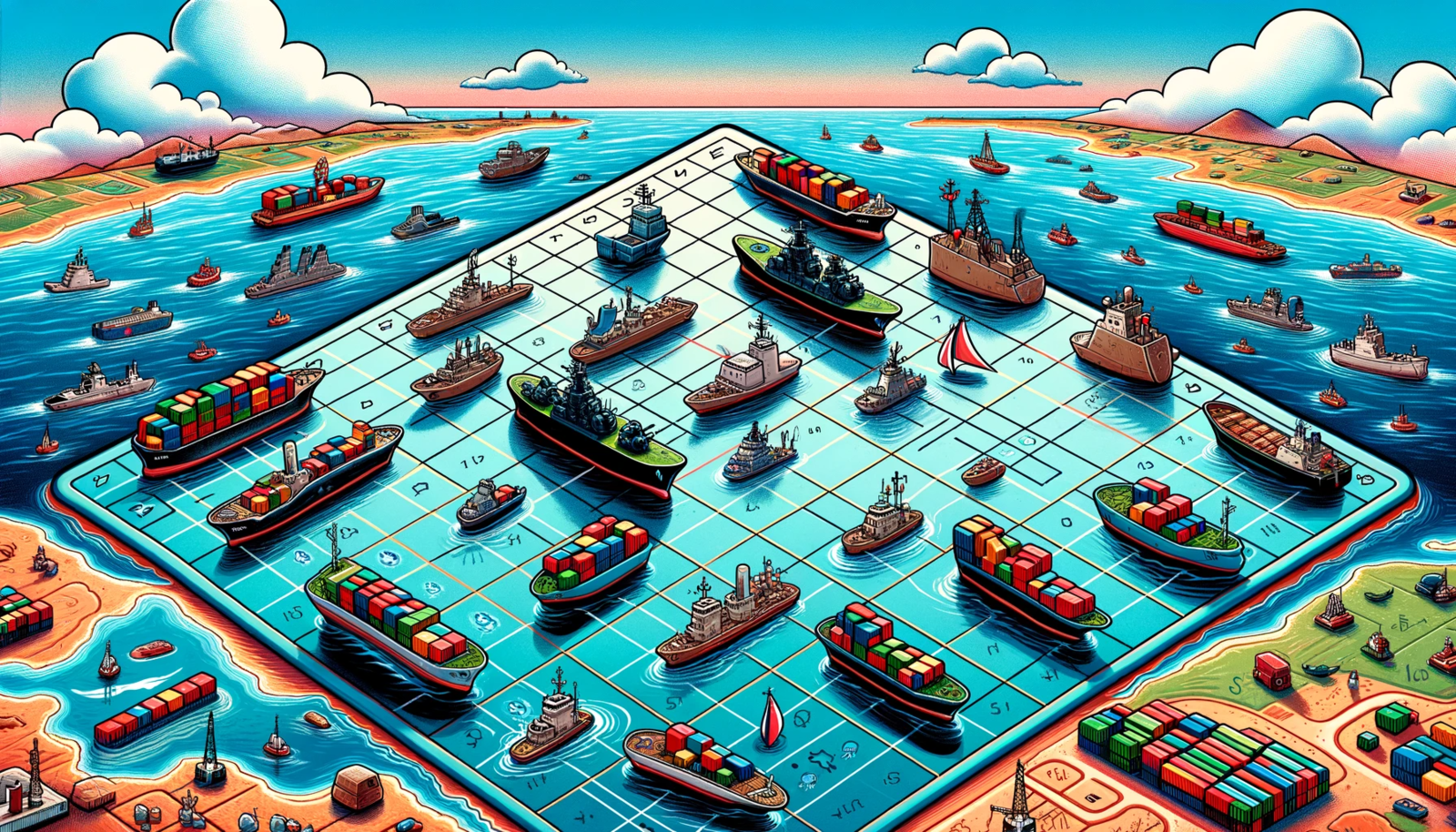
Ahoy, dear readers! The current crisis in the Red Sea, primarily involving the conflict between the US military and the Houthi fighters, has significant implications for the global shipping container market. The US military has responded to Houthi attacks on ships, sinking three of the Yemeni armed group’s vessels. These escalations follow weeks of Houthi attacks on ships identified as linked to Israel, with the situation worsening to the extent that a container ship, the Maersk Hangzhou, issued a distress call after being attacked.
The conflict has led to disruptions in shipping routes. Major shipping companies like Maersk and Hapag-Lloyd, which collectively operate almost a quarter of the world's shipping fleet, have responded by pausing or altering their sailing routes through the Red Sea. Other firms, including Evergreen, have stopped accepting Israeli cargo, and several companies are now planning to avoid the Red Sea, opting for the longer and costlier route around Africa's Cape of Good Hope instead of the Suez Canal.
This rerouting of shipping lanes is not the only challenge facing the container shipping industry. The sector is also contending with other global chokepoints like the Panama Canal, further straining the logistics and supply chains. The rising tensions and conflicts, including the Houthi attacks in the Red Sea, have increased the risk of delays and disruptions. This situation is exacerbated by the potential strike action by the dockworkers union serving East and Gulf Coast ports in the US.

The implications for the global shipping container market are significant. The diversion of shipping routes around the Cape of Good Hope adds considerable time to shipments. For trans-Pacific imports, this rerouting could add an additional 10 to 14 days, on top of the already longer Suez route compared to the Panama Canal. This situation could lead to a capacity crunch, as carriers may need 30-40% more vessels just to maintain weekly services. Consequently, there could be limitations on the West Coast ports and potential surges in pricing.
While freight rates are currently low, the predominant concern for shippers in 2024 is service reliability rather than cost. Importers are more worried about delays and disruptions. The market is unpredictable, and any significant event could lead to an increase in freight rates. Shipping lines are responding to these challenges by launching premium, expedited services, as importers are seeking stability and are willing to pay for reliable shipping options.
In summary, the Red Sea crisis has a far-reaching impact on the global shipping container market, affecting shipping routes, increasing the risk of delays and disruptions, and influencing the strategies of shipping companies and importers alike.


